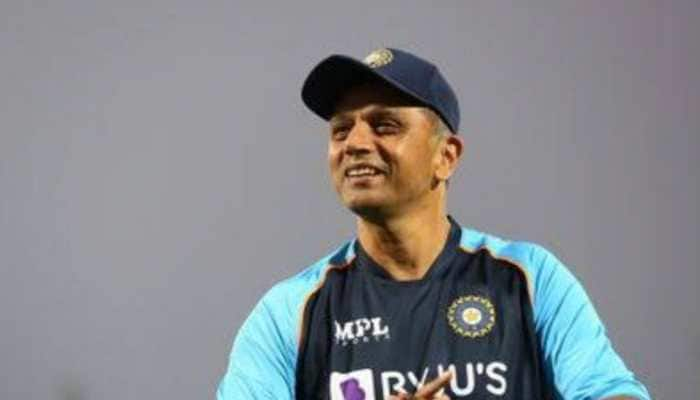Gravitational waves detect second black hole collision
A team of international scientists have identified the merger of two black holes yet again.
Trending Photos
)
Washington: A team of international scientists have identified the merger of two black holes yet again -- just three months after their first detection, researchers announced today.
Scientists detected the cataclysmic black hole merger -- a phenomenon Albert Einstein predicted in his theory of relativity a century ago -- by spotting gravitational waves, using an advanced detector known as the Laser Interferometer Gravitational-Wave Observatory, or LIGO instrument.
Black holes form in the final stage of most massive stars' evolution. The space bodies are so dense that neither light nor matter can escape them.
Sometimes the holes couple, orbiting in a "dance" around each other as they lose energy in the form of gravitational waves, ultimately merging into a single black hole.
Those gravitational waves -- "ripples in the fabric of space time" -- allow scientists to detect when the black holes merge.
On December 26, 2015, waves first signaled a collision that occurred about 1.4 billion light-years from Earth, meaning the gravitational waves crossed space for 1.4 billion years before the LIGO instruments could pick them up.
"We are starting to get a glimpse of the kind of new astrophysical information that can only come from gravitational wave detectors," said David Shoemaker, an astrophysicist at the Massachusetts Institute of Technology (MIT) and leader of the Advanced LIGO detector construction program.
Shoemaker noted that because black holes do not emit light, they are invisible without gravitational waves.
Two identical LIGO detectors sit about 1,864 miles (3,000 kilometers) from each other, one in Livingston, Louisiana and the other in the city Hanford in Washington state.
Scientists announced the second detection -- with 99.99 per cent certainty -- at the meeting of the American Astronomical Society in San Diego, California this week, publishing their findings in the Physical Review Letters journal.
The black hole merger generated energy that roughly equals the mass of the sun, energy converted into gravitational waves, scientists explained.
"With detections of two strong events in the four months of our first observing run, we can begin to make predictions about how often we might be hearing gravitational waves in the future," said Albert Lazzarini, deputy director of the LIGO Laboratory and researcher at the California Institute of Technology (Caltech).
Stay informed on all the latest news, real-time breaking news updates, and follow all the important headlines in india news and world News on Zee News.
Live Tv







)
)
)
)
)
)
)
)
)
)
